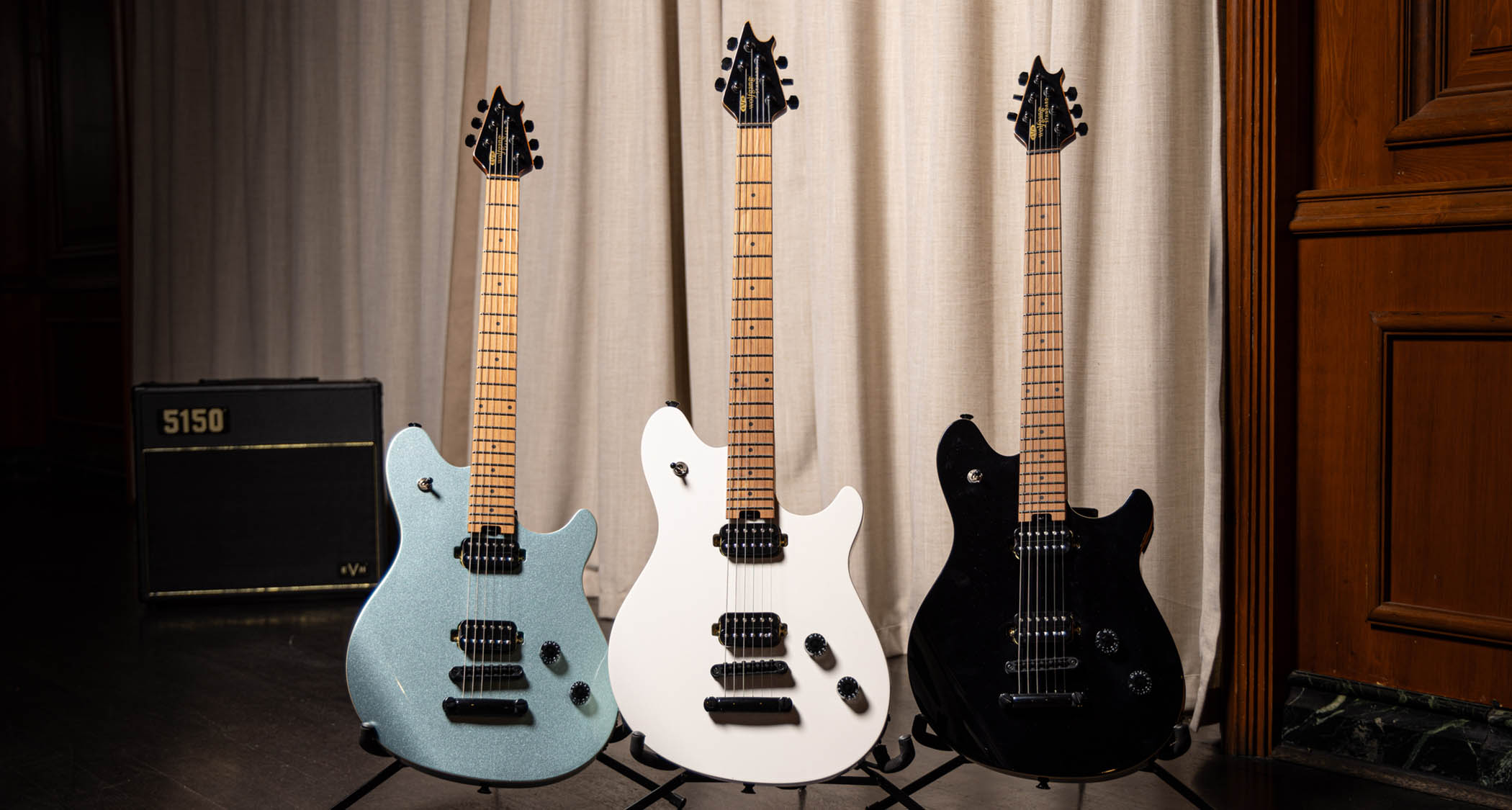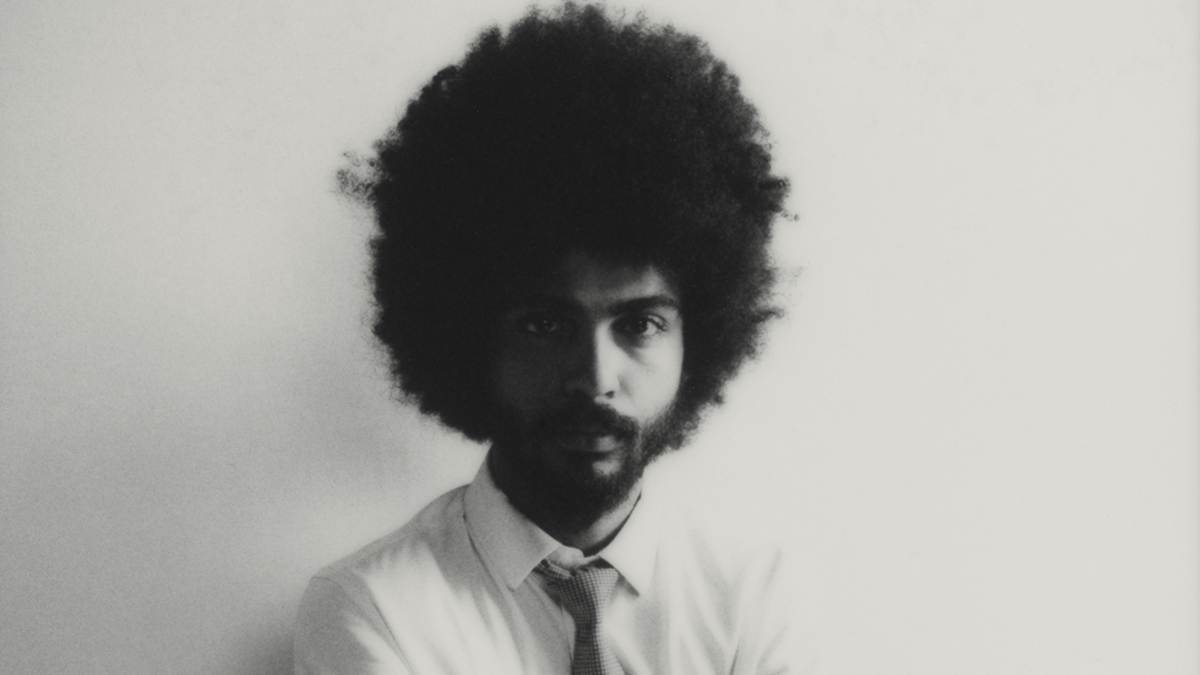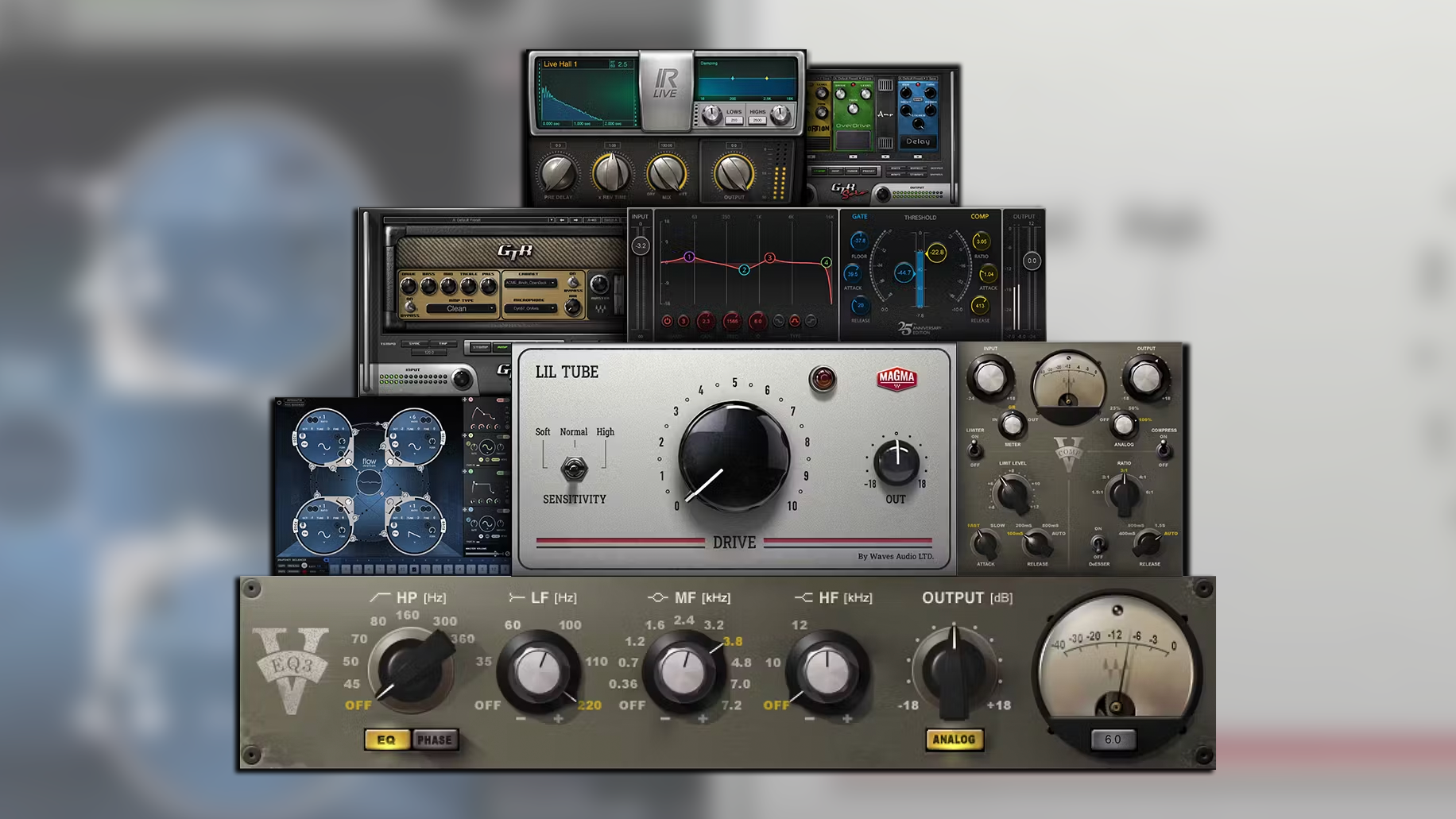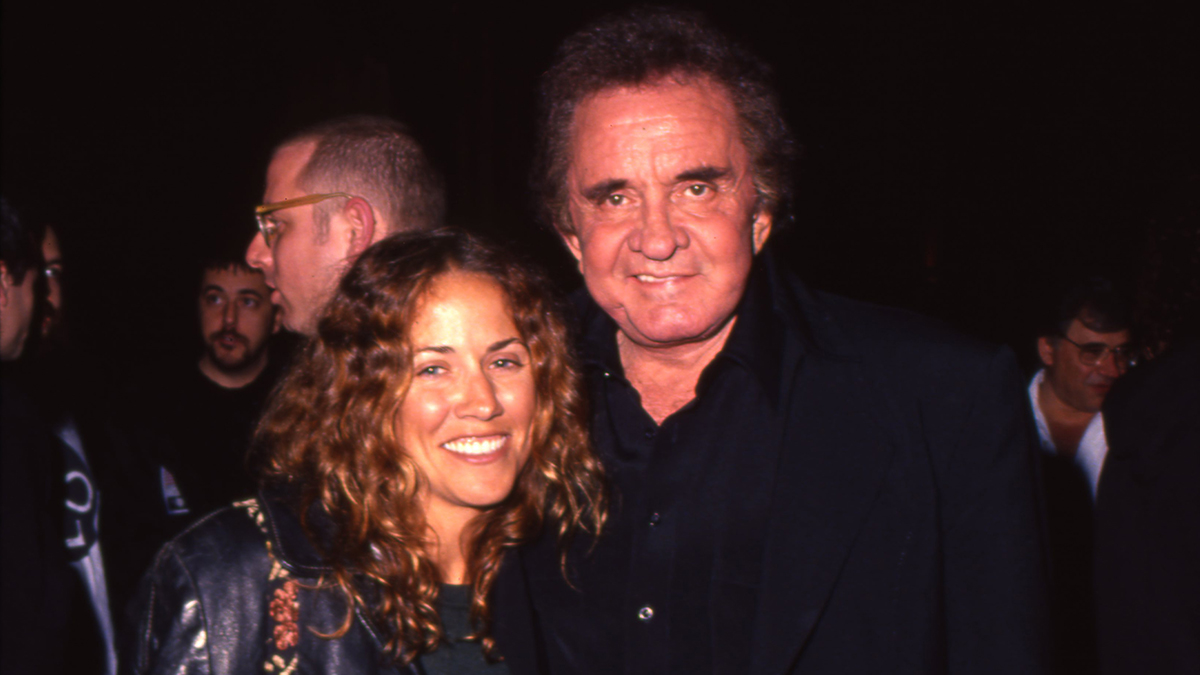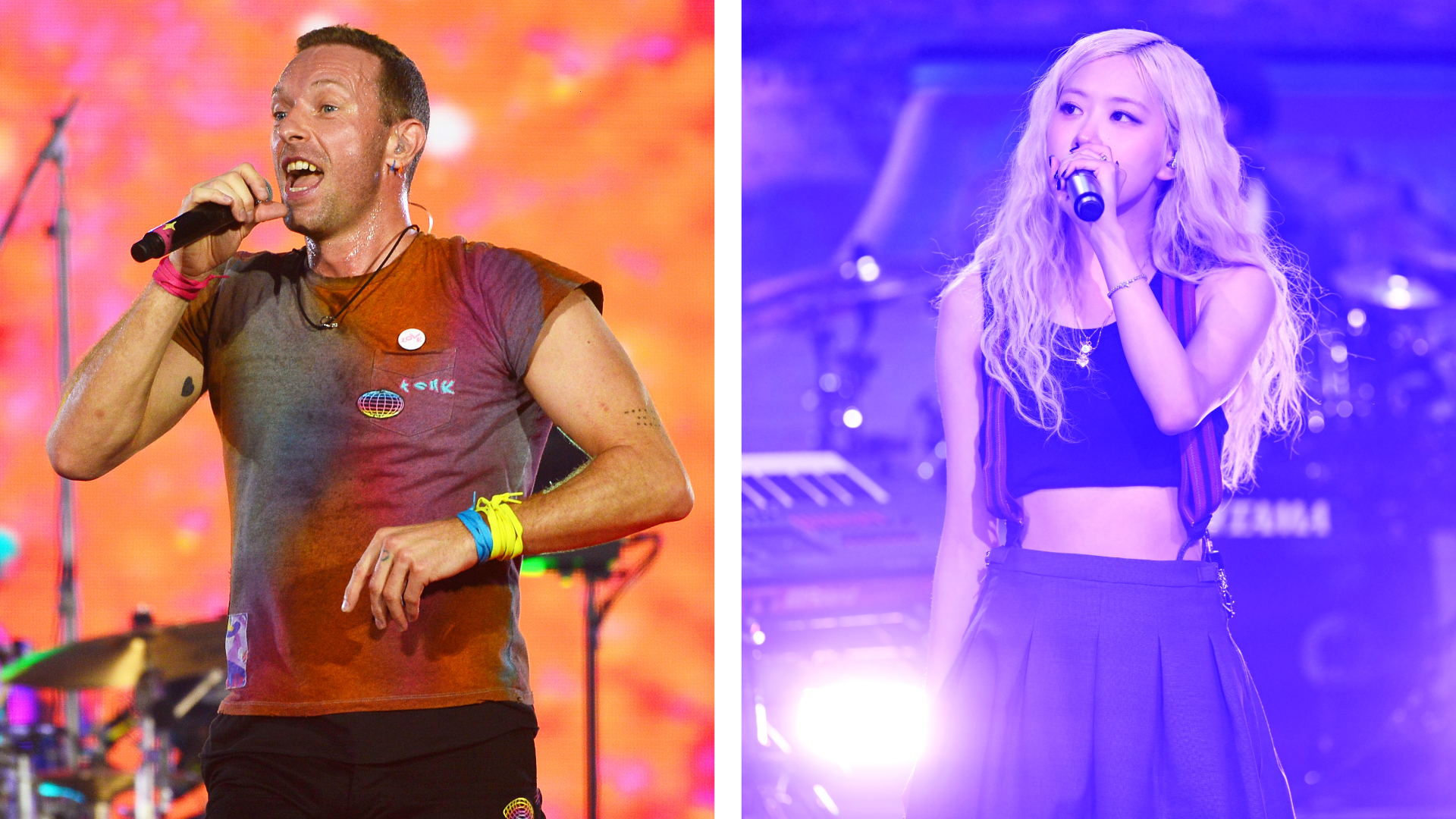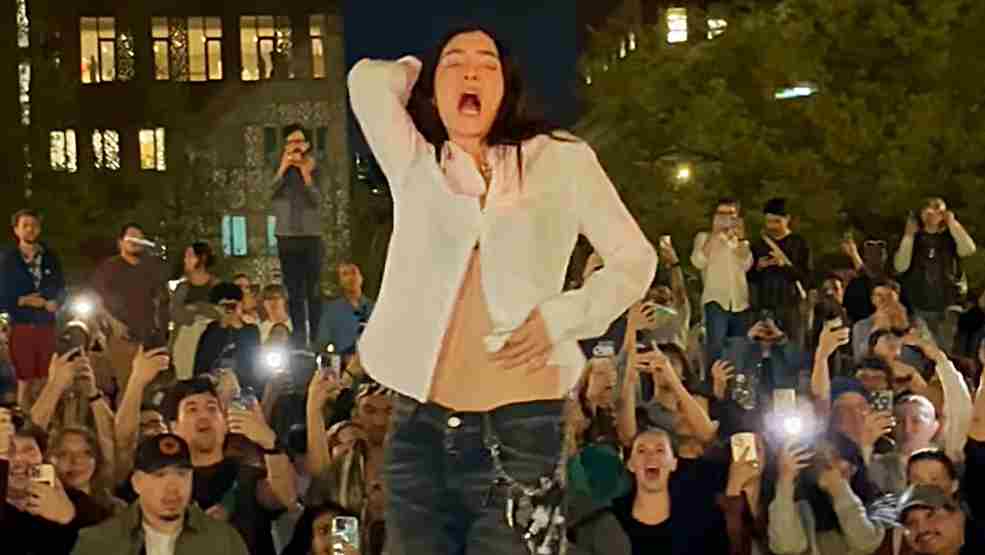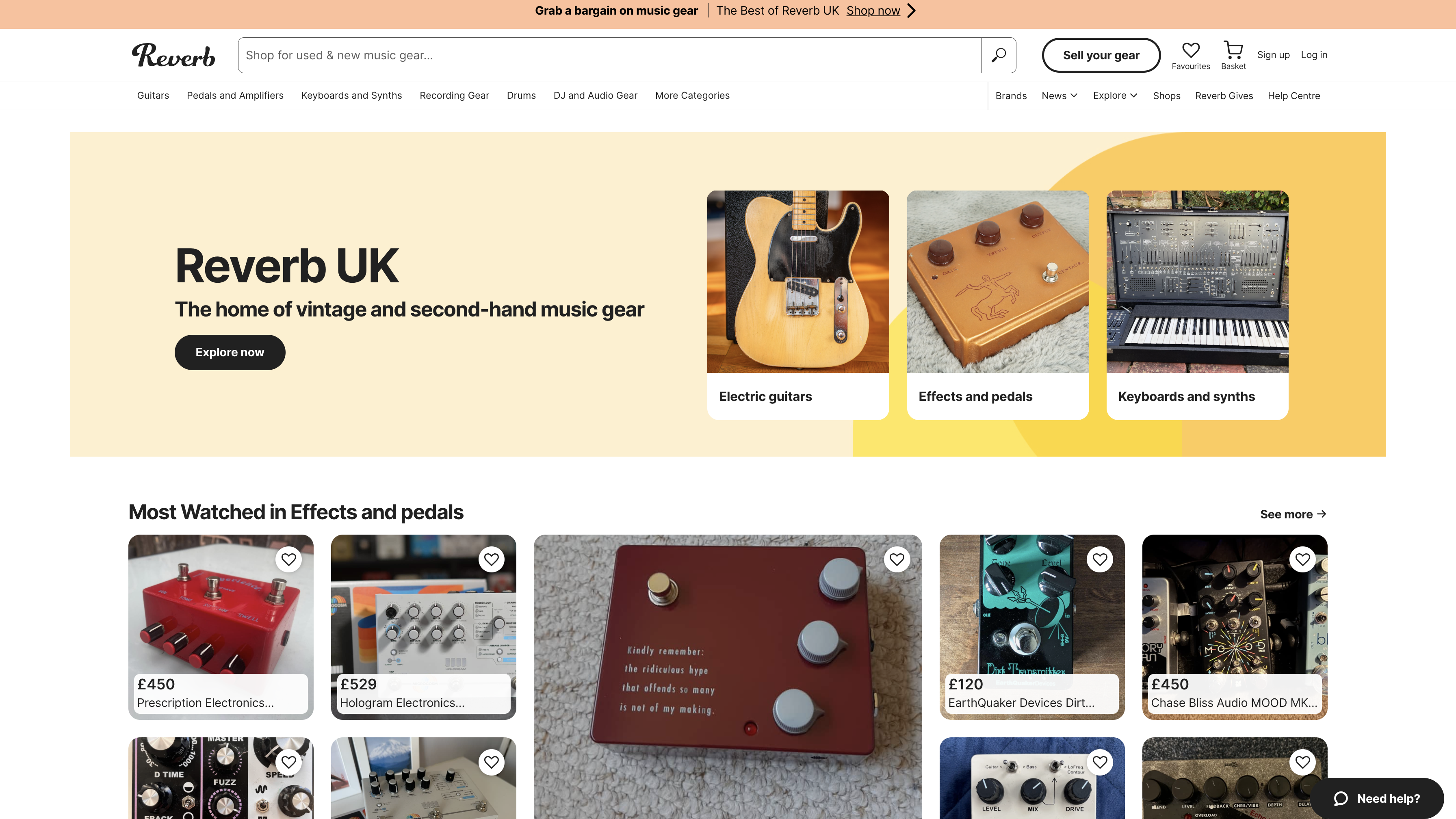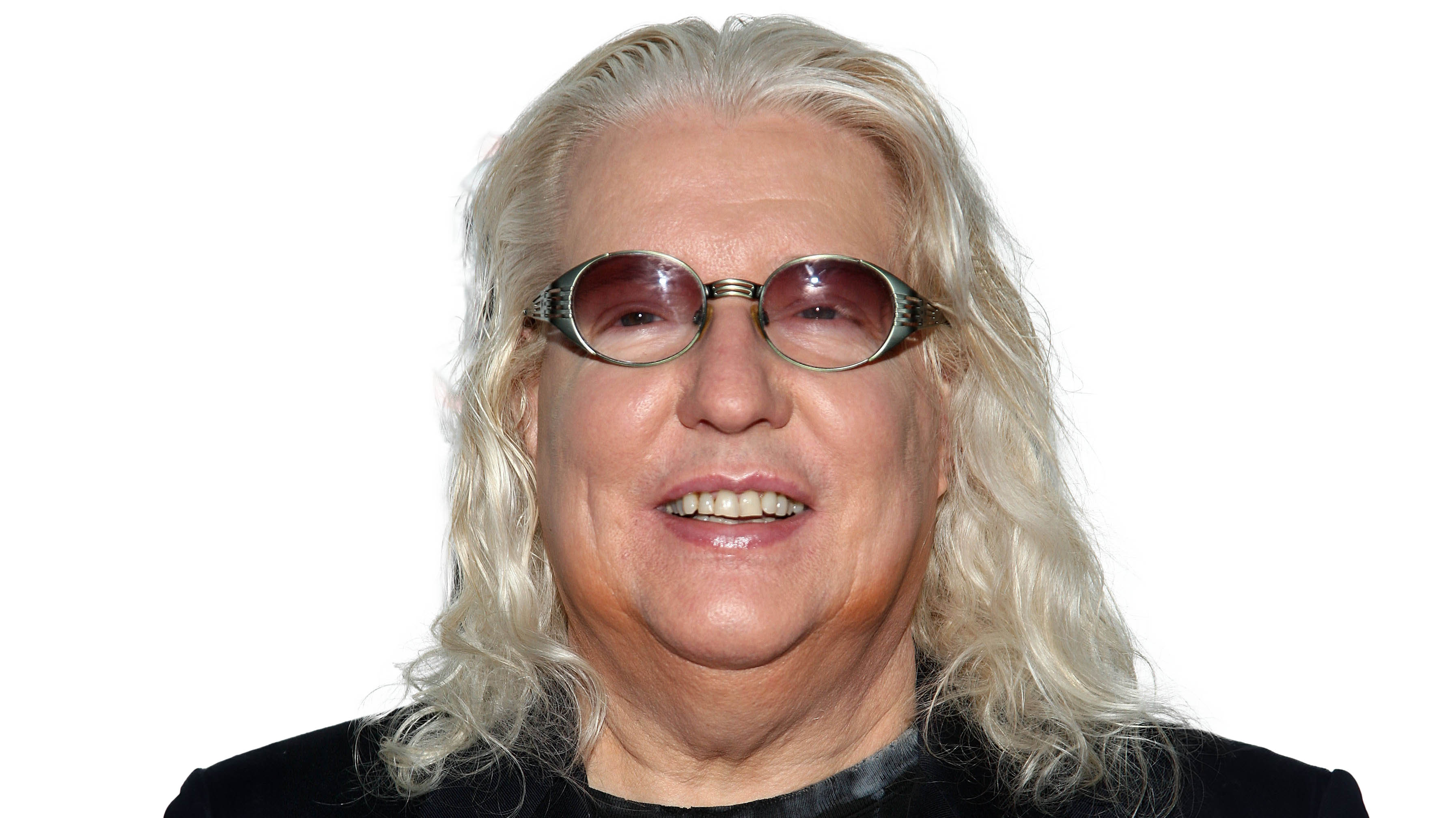“We got into the early Cars thing and began to notice a musical similarity between us and them": The story of Weezer's Buddy Holly
The melody was in time to my steps: ‘ooo-we-ooo I look just like Buddy Holly’
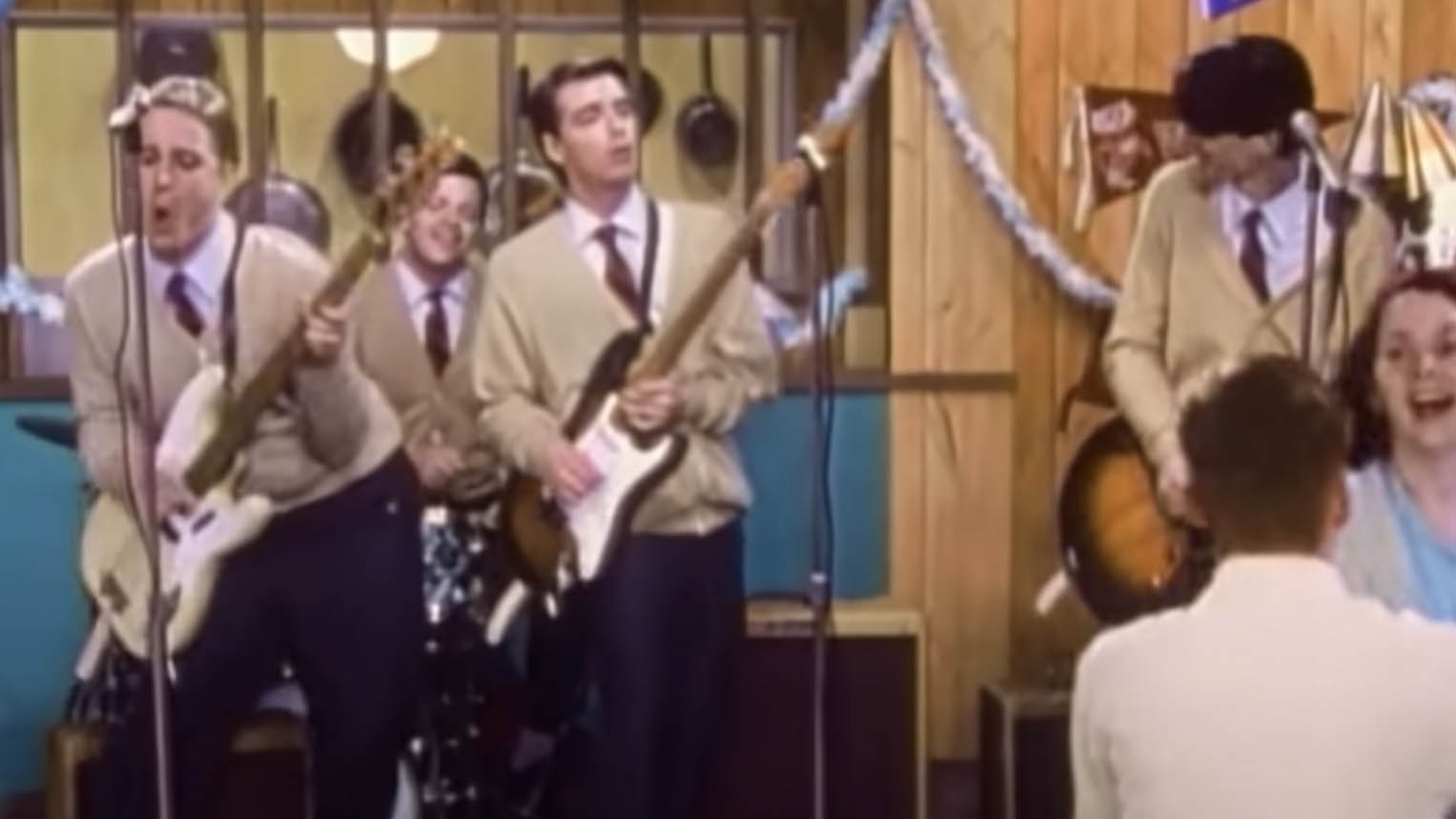
“I remember just being totally shocked at how little people responded to us, because I thought we were so good... Everyone would just be like, 'Go away, we want a grunge band."
Nobody would come to our shows, for months and months and months... everyone would just be like, 'Go away, we want a grunge band'
Rivers Cuomo
In music, timing is everything. The Beatles would not have had the impact they had in the US had the nation not been craving some solace and joy in the aftermath of the Kennedy assassination. Likewise punk benefited hugely by having the public’s taste already whetted for it by pub rock.
Weezer had been knocking around since 1991, playing clubs around their home town of Los Angeles to little or no effect. It was the height of the grunge era and their perky powerpop seemed a throwback that nobody was interested in. Worse, with their specs and their pullovers and frontman Rivers Cuomo’s bowlcut, they looked kinda nerdy. Definitely uncool.
"Nobody would come to our shows, for months and months and months, and it seemed like forever,” Cuomo told the band’s online resource Weezerpedia. “And I remember just being totally shocked at how little people responded to us, because I thought we were so good.
"I mean, we were playing the same songs that eventually became big hits, like The Sweater Song and Say It Ain't So, and we'd play 'em out in the LA clubs and everyone would just be like, 'Go away, we want a grunge band.'
The band decided to get serious. They recorded a demo tape. Then another, the so-called Kitchen Tape. Eventually a further five-track demo was sent out that began to get some traction from major labels. Geffen A&R man Todd Sullivan heard it and ventured down to check out their next LA show.
“They weren’t a tremendous live band by any means,” he later told the Los Angeles Times. “But there was this feeling that they had their blinders on and they knew what they were going for. And the songs - I mean, Say It Ain’t So was incredible.
Get the MusicRadar Newsletter
Want all the hottest music and gear news, reviews, deals, features and more, direct to your inbox? Sign up here.
They signed in June 1993, apparently to the consternation of many at Geffen, who couldn’t believe that this geeky-looking bunch would have any chance of success.
Shortly after this, Cuomo was noodling away on a new toy he’d borrowed from a friend: “I was in the Santa Monica College Choir and I met a kid named Steve Graff who lent me his Korg keyboard. Inspired by its goofy synth sounds, I decided to write some new-wave influenced songs,” he explained in the liner notes to Alone: The Home Recordings of Rivers Cuomo.
“The chorus melody, though, I came up with as I was walking through the lawns of the campus. The melody was in time to my steps: ‘ooo-we-ooo I look just like Buddy Holly.’ The lyrics I struggled with, trying to find the right reference point. An early version read, "ooo-we-ooo you look just like Ginger Rogers. Oh-oh I move just like Fred Astaire."
“The life-situation that inspired the lyric was an incident in which the Weezer guys were making fun of my friend Kyung He (also in the Santa Monica College Choir). They were the ‘homies dissin' my girl’. I rarely wrote lyrics about tension between me and the guys in the band because I thought it would be awkward for us all to perform those songs together. In this case, though, it didn't seem like a big deal.”
Geffen were eager to get the band recording as soon as possible, but there was a snag. Cuomo – even at this stage, a single-minded fellow – didn’t want anyone else to produce. Geffen insisted. “(They were like) first record, you need a producer. Second record, we can talk,” he explained to the LA Times. “So I had that in my mind, and then I was in the grocery store and I heard Just What I Needed come on over the PA. I was like, ‘That sounds like Weezer - let’s get that guy. I didn’t know who that guy was.’”
That guy was Cars mainman Ric Ocasek. “We got into the early Cars thing and began to notice a musical similarity between us and them,” bassist Matt Sharp said in a 1995 interview with Aquarian Weekly. “Our use of chords, downstrokes and melodies shows the same economy and tightness as a Cars song. Buddy Holly is not that far off from Just What I Needed.”
Ocasek had one condition – that Weezer come to him as his wife was pregnant with their first son. Weezer obliged and set up at New York’s Electric Lady Studios in August 1993. “My impression was just that they should be recorded the way they were,” he recalled to Rolling Stone. “I didn’t really want to tamper with it much.” The producer did however encourage the band to change their pick ups from the neck to the bridge of their guitars, to create a brighter sound.
Cuomo’s original idea had been to save Buddy Holly for the next album, but Ocasek twisted his arm into including it. Interviewed for John D Luerssen’s book River’s Edge: The Weezer Story, he said: “I remember at one point he was hesitant to do Buddy Holly and I was like, ‘Rivers, we can talk about it. Do it anyway, and if you don’t like it when it’s done, we won’t use it. But I think you should try.
"You did write it and it is a great song,’” Ocasek even took to leaving notes around the studio that read ‘We want Buddy Holly’.
When he relented Ocasek didn’t alter much from the original demo. “We just sped it up during mastering,” said Cuomo. “I've always like big, fat, heavy guitar sounds and when I write a song with a sound like that I end up digging in and playing real slow. It isn't 'til we hear a song back on tape that we realize, ‘hey, that's a little dirgy.’”
The album was in the bag within three weeks and was released on May 10 1994. The reverberations from Kurt Cobain’s suicide were still being felt and Weezer (aka the Blue Album) came out to lukewarm reviews.
Rolling Stone mused that Cuomo was “great at sketching vignettes...his songs easily ingratiate” whilst the so-called ‘don’ of US music critics Robert Christgau gave it a ‘neither’ rating. When it was eventually released in the UK, it was hardly heralded as a classic - NME gave it a cool 7 out of 10.
The videos were key. When Undone (The Sweater Song) started picking up regional airplay, Geffen commissioned a promo. It was an unknown skate film maker called Spike Jonze who got the gig. Jonze’s idea – a one take performance vid in which some rampaging dogs disrupt the band – won him the band’s confidence and when it was time for a follow up, they were happy to follow his lead.
The director explained to Los Angeles Times how he came up with the Happy Days idea: “The way I come up with ideas is I listen to a song over and over again and write down every idea I have - bad, good, stupid, whatever. With Buddy Holly I just wrote ‘Happy Days’ at some point.
"I was the right age where it was in reruns all the time, and I could just see the band playing in the diner. It also felt appropriate because they were referencing a lot of childhood things in their lyrics.
The video was veritable catnip for nostalgic 20 somethings. The band – all dressed in '50s preppy style – look like they have beamed back to the set of the original TV show. This footage was intercut with scenes from the original series, including Henry Winkler’s Fonz. But there was no CGI involved - it was nothing but astute editing on Jonze’s part.
The video won the Breakthrough Video at the MTV Video Awards and proved crucial to propelling the album to further success. By January 1995 the Blue Album had gone double platinum in the US and Buddy Holly had reached Number Two in the Modern Rock chart. Eventually it even crossed over to a by then Britpop-obsessed UK when it reached Number 12 in May 1995.
Weezer were in the right place at the right time. With the grunge scene mired in negativity, drugs and recrimination, these geeky kids who sang about sweaters seemed innocent and wholesome in comparison, fun even. And so Weezer stepped through the door the Seattle bands had opened.
Rivers Cuomo in particular would struggle with fame; the frontman infamously reacted to commercial success in perhaps the geekiest way possible – not by taking drugs or indulging in self destructive behaviour but by enrolling at Harvard to study English Literature. He dropped out to record the second Weezer album Pinkerton in 1996, but eventually graduated ten years later.
But Weezer have survived. They released their fifteenth album Van Weezer in 2021, and in the three decades since the Blue Album has gradually ascended to classic status. Pitchfork later named it among the Albums of the 90s, saying that it “kept joy alive in arena rock” and Cuomo “rescued the thrilling guitar solo from finger-tapping metal and disregarding grunge/punk”; Stephen Thomas Erlewine, reviewing it on AllMusic, called it a “great record emblematic of its time, standing as one of the defining albums of the 90s.”
Weezer are touring it this autumn as it turns 30. Whilst every track will be received rapturously, there’s no doubt Buddy Holly will get the biggest cheer of the night. Happy Days, indeed.
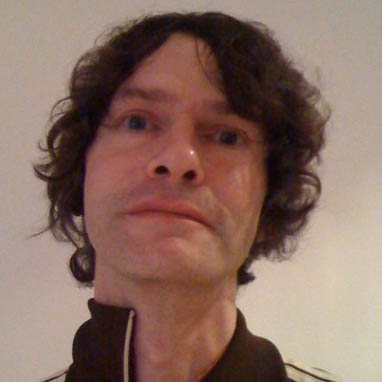
Will Simpson is a freelance music expert whose work has appeared in Classic Rock, Classic Pop, Guitarist and Total Guitar magazine. He is the author of 'Freedom Through Football: Inside Britain's Most Intrepid Sports Club' and his second book 'An American Cricket Odyssey' is due out in 2025
“It is ingrained with my artwork, an art piece that I had done years ago called Sunburst”: Serj Tankian and the Gibson Custom Shop team up for limited edition signature Foundations Les Paul Modern
“The last thing Billy and I wanted to do was retread and say, ‘Hey, let’s do another Rebel Yell.’ We’ve already done that”: Guitar hero Steve Stevens lifts the lid on the new Billy Idol album



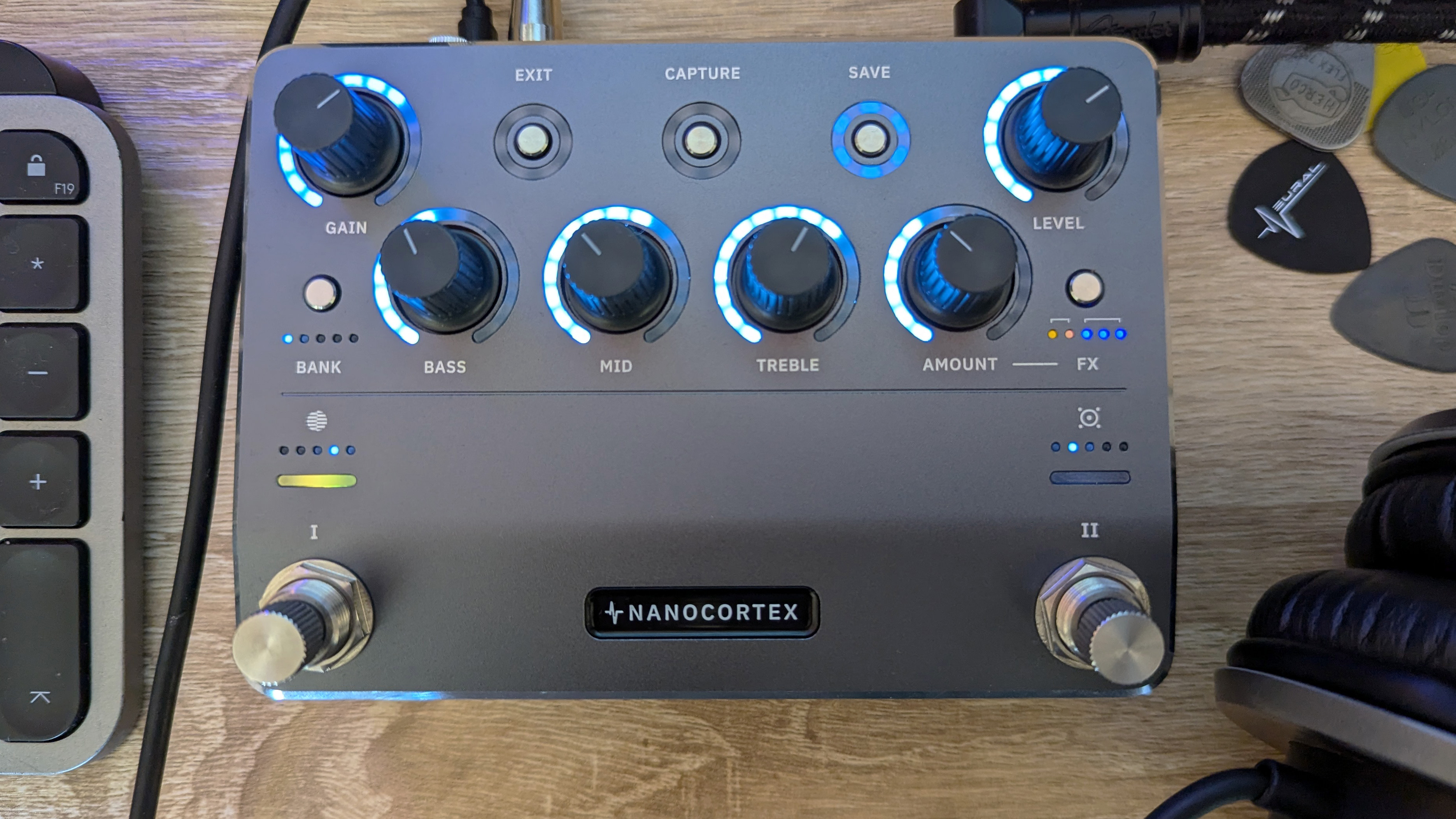
![Gretsch Limited Edition Paisley Penguin [left] and Honey Dipper Resonator: the Penguin dresses the famous singlecut in gold sparkle with a Paisley Pattern graphic, while the 99 per cent aluminium Honey Dipper makes a welcome return to the lineup.](https://cdn.mos.cms.futurecdn.net/BgZycMYFMAgTErT4DdsgbG.jpg)
